Since its debut in 2018, the Australian children’s show “Bluey” has captured the hearts of families worldwide with its charming portrayal of everyday life through the adventures of a Blue Heeler puppy and her family. What makes this animated series stand out isn’t just its adorable characters or clever humor, but its remarkably authentic depiction of family dynamics and, interestingly, canine behavior. Despite being an animated show where dogs walk, talk, and live like humans, “Bluey” manages to weave in surprisingly accurate details about both family life and animal behavior that resonate with parents, children, and even animal behaviorists. Let’s explore ten aspects that “Bluey” gets surprisingly right, showcasing why this children’s program has earned acclaim from both parenting experts and animal lovers alike.
The Realistic Portrayal of Sibling Relationships
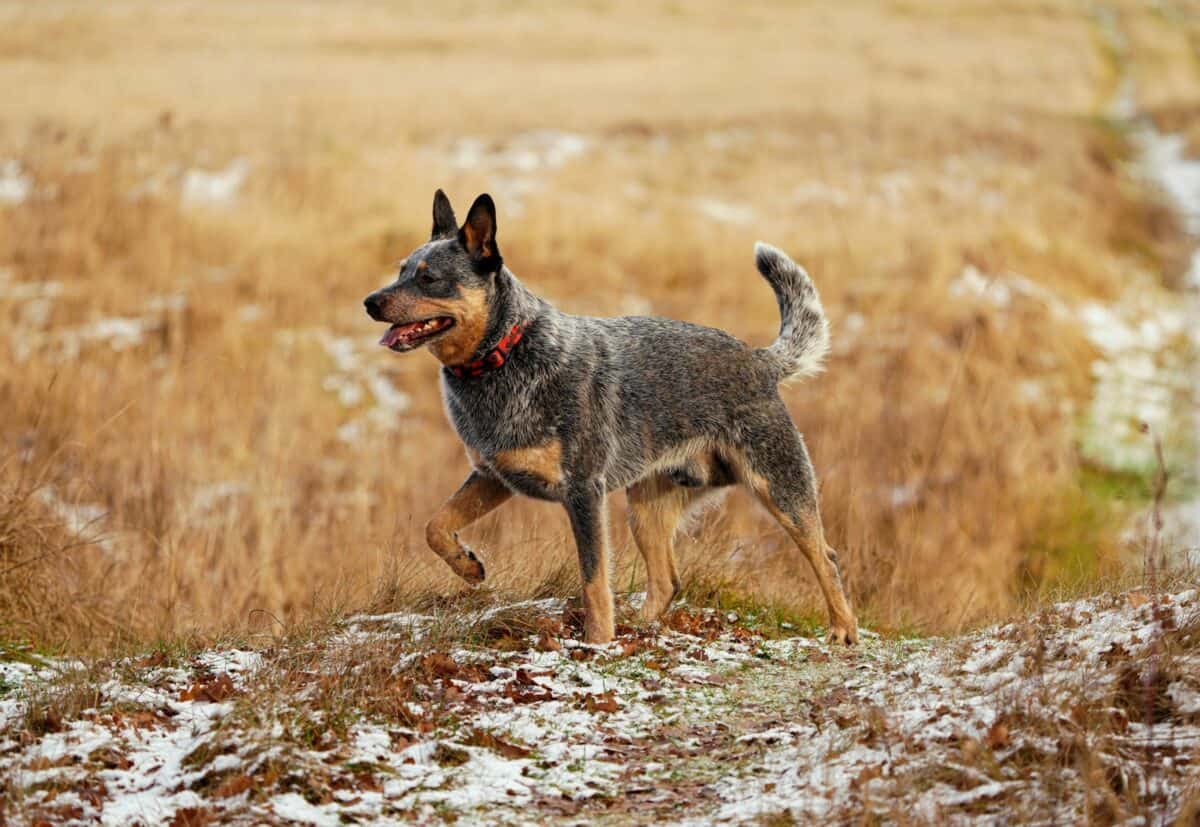
One of the most authentic elements in “Bluey” is the relationship between Bluey and her younger sister Bingo. The show doesn’t shy away from depicting the complex dynamics between siblings—the fierce love alongside the rivalry, jealousy, and occasional power struggles. Episodes like “Copycat” and “Sticky Gecko” showcase how siblings can shift from playing harmoniously one moment to squabbling the next, reflecting the natural ebb and flow of sibling relationships.
What’s particularly noteworthy is how the show captures the developmental differences between the two sisters. Bluey, being older, often takes the lead in games and sometimes struggles with patience when Bingo can’t keep up. Meanwhile, Bingo seeks to establish her own identity while still admiring her big sister. This mirrors not only human sibling dynamics but also how littermates and dogs in multi-dog households establish their own relationships and hierarchies. Canine siblings, like their human counterparts, develop individual bonds and communication styles, something “Bluey” depicts with remarkable subtlety.
Parental Exhaustion and Imperfection
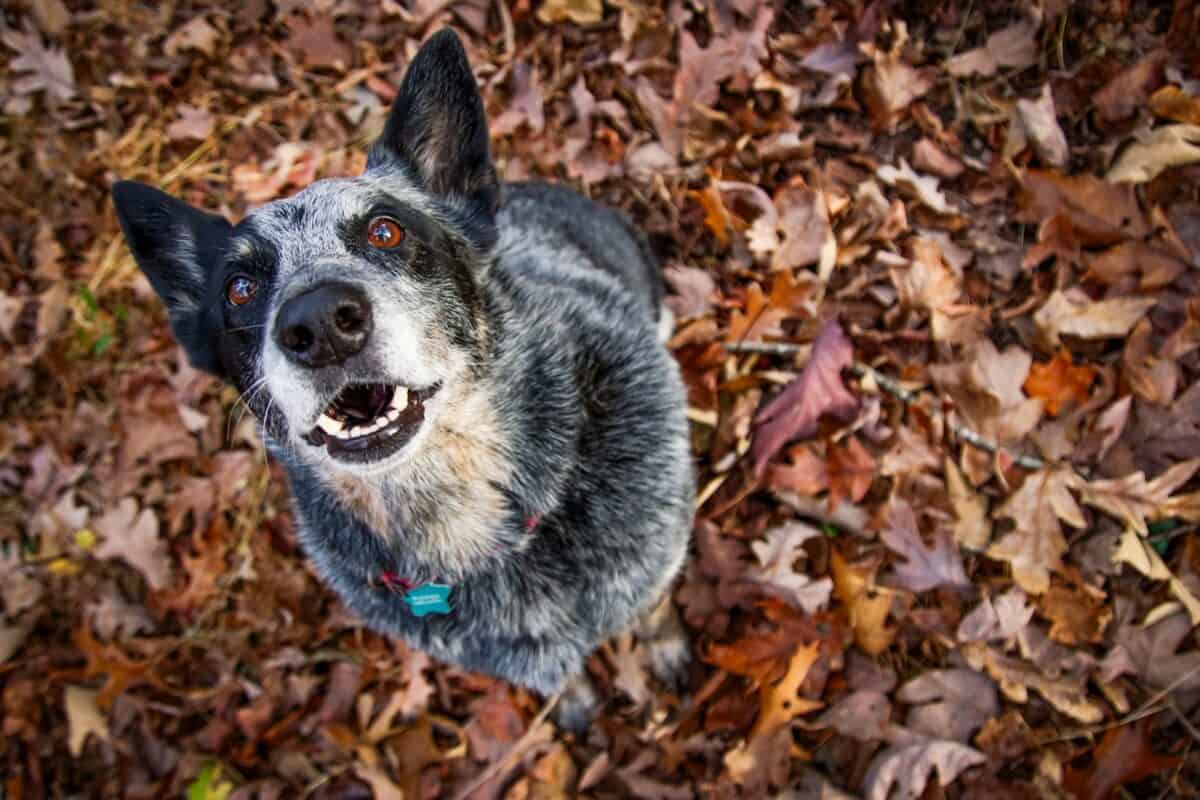
Unlike many children’s shows that portray parents as endlessly patient and energetic, “Bluey” acknowledges the reality of parental fatigue. Bandit and Chilli, Bluey’s parents, are shown being tired after work, occasionally short-tempered, and sometimes just wanting a moment of peace. In episodes like “Takeaway” and “Sticky Gecko,” viewers see Bandit’s frustration building as he tries to accomplish simple tasks while managing his children’s needs and interruptions.
This honest portrayal validates the experiences of real parents while showing children that adults have limitations too. From an animal perspective, this also reflects how actual dog parents (particularly mothers) eventually establish boundaries with their puppies as they grow, gradually teaching them independence. Mother dogs naturally transition from constant attentiveness to encouraging autonomy in their pups, just as Chilli balances nurturing her children while helping them develop resilience and self-sufficiency—a parenting approach that crosses species boundaries.
Play-Based Learning and Development
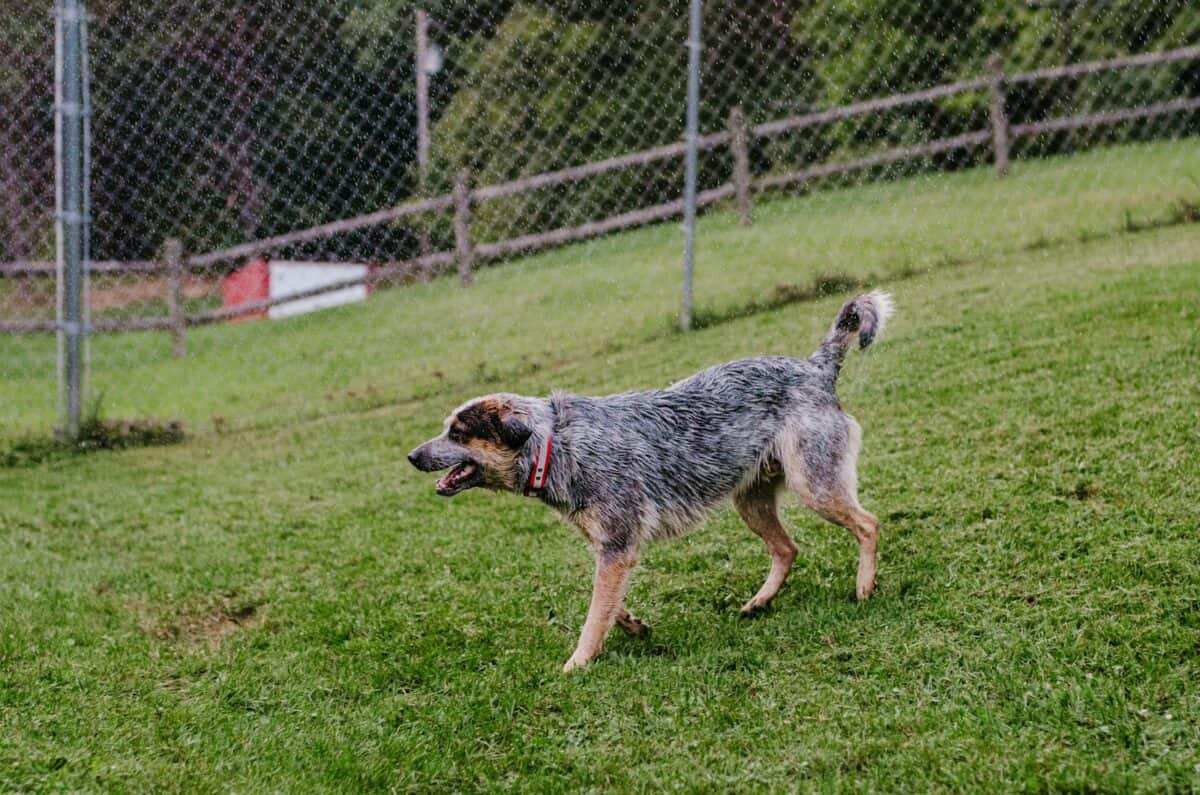
At the heart of “Bluey” is the power of imaginative play, which the show presents not just as entertainment but as a fundamental way children learn about the world. Episodes revolve around elaborate games like “Keepy Uppy,” “Magic Xylophone,” and “Hospital,” showcasing how children process experiences, develop social skills, and work through emotions through play. Developmental psychologists have praised the show for highlighting this essential aspect of childhood development.
Interestingly, this focus on play is also biologically accurate for canines. Wild dogs and domestic puppies engage in play as a crucial learning mechanism, practicing hunting skills, establishing social hierarchies, and developing physical coordination through roughhousing and games. When Bluey and Bingo engage in rough-and-tumble play or chase games, they’re mirroring not just human children but actual puppies whose play serves important developmental functions. The show’s creators have cleverly blended human child development principles with natural canine behavior patterns in a way that feels seamless and authentic.
Emotional Intelligence and Validation
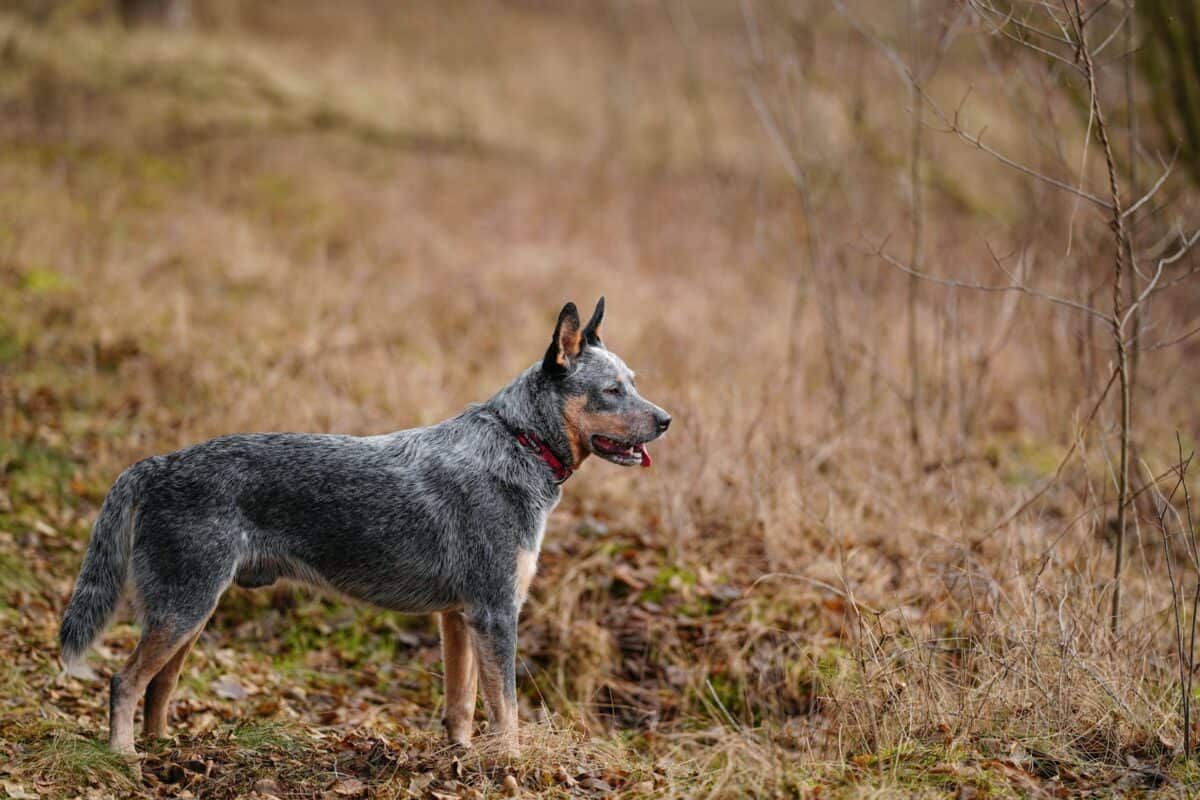
“Bluey” stands out for its sophisticated approach to emotional intelligence. The show regularly depicts children experiencing complex emotions—disappointment, jealousy, anxiety, grief—and shows adults who validate these feelings rather than dismissing them. In episodes like “Camping” and “Copycat,” children’s difficult emotions are treated with respect and given space, modeling healthy emotional processing for young viewers.
This approach reflects modern understanding of emotional development in children, but it also parallels what we now know about canine emotions. Contemporary animal behavior science recognizes that dogs experience a range of emotions similar to humans, though less complex. They feel fear, joy, anxiety, and even jealousy. When Bluey feels disappointed about losing a game or anxious about a new experience, her emotional responses mirror both a child’s reaction and the genuine emotional capacity of dogs. The show’s creators manage to honor both the human emotional experience and the authentic emotional lives of the animals the characters represent.
The Importance of Father Involvement

Bandit Heeler, Bluey’s father, represents a modern, involved father who actively participates in childcare and play. His willingness to engage in imaginative games, handle daily routines, and connect emotionally with his daughters reflects contemporary research showing the positive impact of active father involvement on child development. Episodes like “Bike” and “Camping” showcase Bandit balancing gentle guidance with allowing his children to experience manageable challenges.
From a canine perspective, this paternal involvement actually diverges from typical wild dog behavior, where fathers play a more limited role in pup-rearing, yet it aligns with how domesticated male dogs can form strong bonds with puppies. In domestic settings, male dogs sometimes participate in puppy care and play when given the opportunity. The show takes this potential for male nurturing and amplifies it through Bandit’s character, creating a positive model of fatherhood while acknowledging the natural capacity for nurturing behavior that exists across gender lines in both humans and, to some extent, in domesticated animals.
Breed-Specific Traits and Behaviors

Despite its anthropomorphic approach, “Bluey” cleverly incorporates authentic breed-specific traits into its characters. The Heeler family members—Blue Heelers (Australian Cattle Dogs) known for their intelligence, energy, and herding instincts—frequently display characteristics true to their breed. Bluey’s boundless energy, problem-solving abilities, and occasional stubborn streak perfectly capture the temperament of actual Blue Heelers.
This attention to breed-specific detail extends to other characters as well. Snickers the Dachshund is portrayed with the characteristic long body and tenacity of the breed. Pomeranians are shown as small but confident, and Greyhounds as gentle and naturally athletic. Even the physical mannerisms—the way characters sit, play, or move—often reflect real canine body language. This subtle integration of actual dog traits creates an added layer of authenticity that dog owners and animal specialists can appreciate, making the show educational about different dog breeds even while telling human-centered stories.
The Balance of Work and Family Life
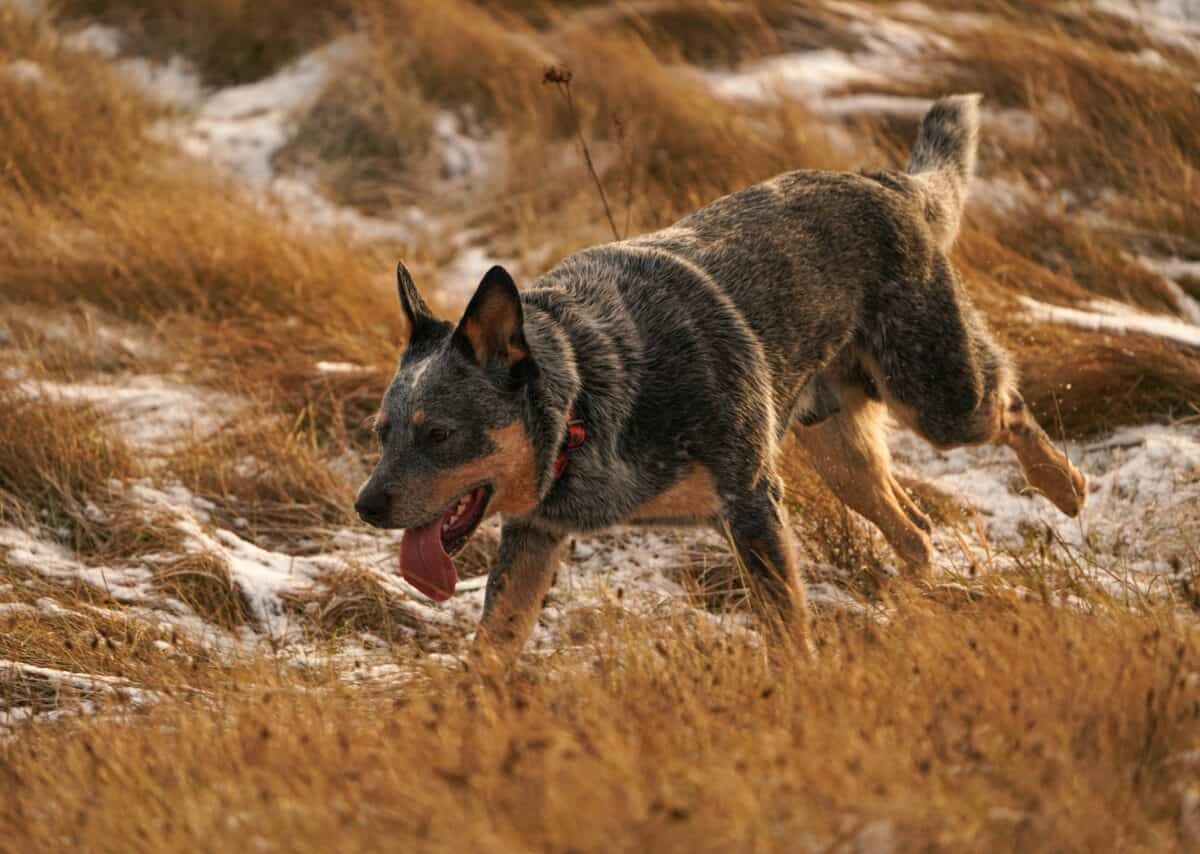
“Bluey” doesn’t shy away from depicting the challenges of balancing professional responsibilities with family life. Both Bandit and Chilli hold jobs (archaeologist and airport security, respectively) while co-parenting their children. Episodes occasionally show work interfering with family time, parents needing to finish work tasks, or the family adapting to work schedules. This realistic portrayal acknowledges the juggling act that modern parents perform daily.
This balance reflects human social evolution but diverges from natural canine social structures, where roles are more clearly defined around hunting, protection, and pup-rearing. However, the show’s approach highlights an important truth about modern domesticated dogs: they’ve adapted to human work-life patterns. Today’s pet dogs must adjust to their owners’ work schedules, learning to entertain themselves during work hours and engage actively during family time. When Bluey and Bingo must wait for their parents to finish work tasks, they’re mirroring the experience of real dogs who’ve evolved to accommodate human schedules—a clever nod to the adaptation of dogs to human lifestyle patterns.
Intergenerational Relationships and Extended Family
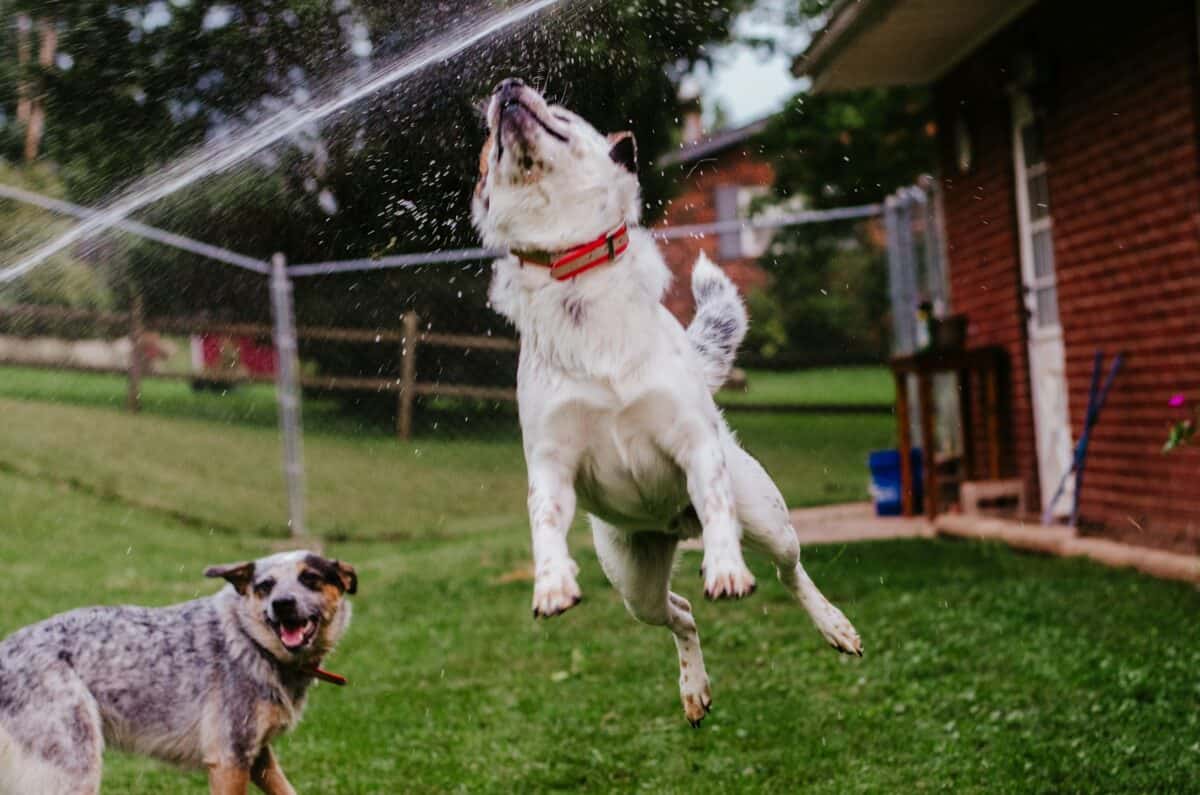
The role of grandparents and extended family receives thoughtful treatment in “Bluey.” Characters like Nana, Grandad, Bob, and various aunts and uncles appear throughout the series, showing the importance of intergenerational relationships in children’s development. Episodes like “Grandad” and “The Show” depict the special bonds between grandparents and grandchildren, highlighting how extended family members offer different perspectives and forms of support than parents.
This emphasis on extended family connections reflects both human social structures and the pack mentality of canines. In natural settings, dogs are pack animals with complex social hierarchies that can include multiple generations. Older dogs often play important roles in pack dynamics, similar to how grandparents contribute to family systems. While domesticated dogs typically live in smaller family units today, they retain the capacity to form meaningful bonds with multiple family members across generations. When Bluey interacts with her grandparents, the show captures both human family dynamics and echoes of the multi-generational social structures that characterize canine evolutionary history.
Neighborhood and Community Connections

“Bluey” presents a vibrant community where neighbors know each other, children play together regardless of age differences, and families support one another. Episodes like “Bike,” “Calypso,” and “The Creek” show children interacting with friends and community members in various settings—from structured environments like school to the informal neighborhood gatherings. This portrayal of community connectedness reflects research showing the importance of social capital in child development and family well-being.
This community orientation parallels the social nature of canines as well. Dogs are inherently social animals that historically lived in packs or communities with complex social relationships. Domestic dogs retain this social inclination, generally enjoying interaction with other dogs and forming friendships and play relationships. The neighborhood play groups in “Bluey,” with their mix of different breeds and personalities, mirror how dogs naturally form social groups with their own dynamics and relationships. The show’s emphasis on community connection honors both human social needs and the pack-oriented nature of the animals the characters represent.
Cultural and Regional Authenticity
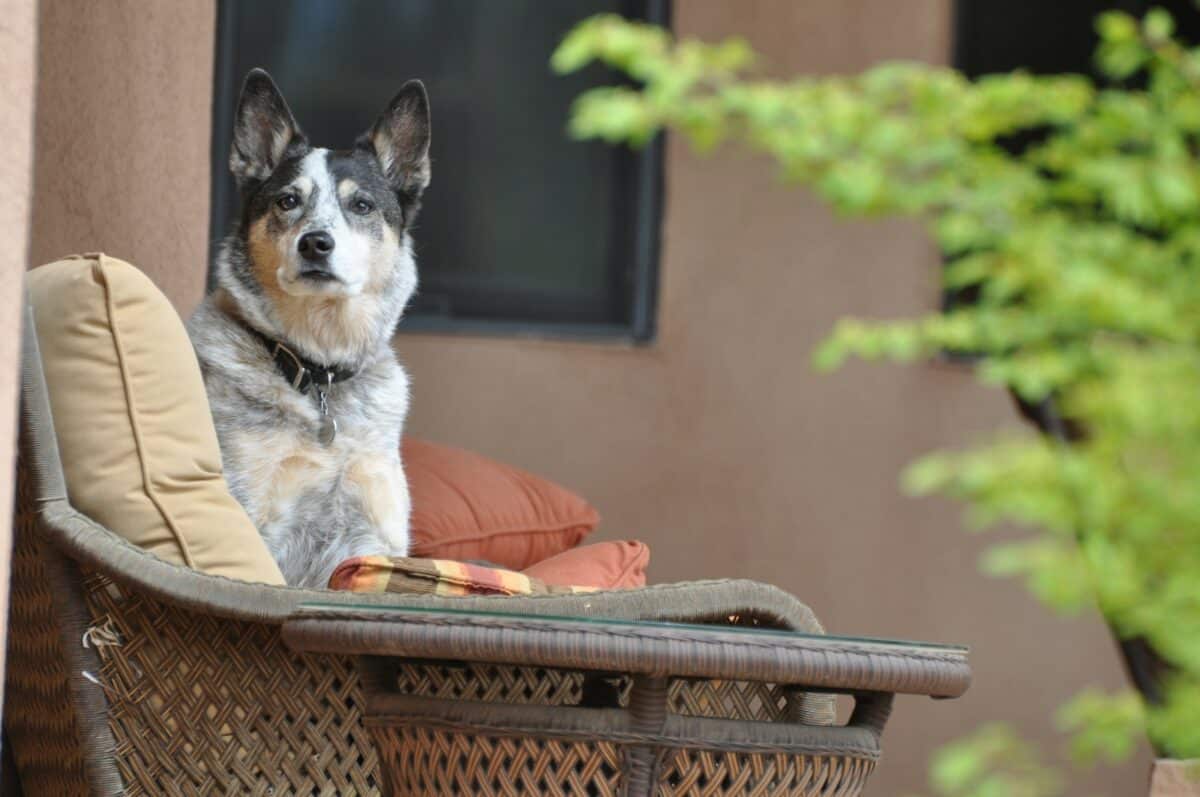
“Bluey” stands out for its distinctly Australian setting and cultural references. From backyard hills hoists (clotheslines) to games of cricket, from slang terms to native wildlife, the show grounds itself in authentic Australian life. This regional specificity gives the show a sense of place that enriches the storytelling while introducing international audiences to Australian culture in an organic way.
The show’s setting in Brisbane also allows for authentic representation of local environments and the relationship between domesticated dogs and native wildlife. Episodes occasionally feature kangaroos, ibises, and other Australian animals, reflecting the actual fauna that dogs in Australia might encounter. The Heelers’ interactions with these animals—sometimes curious, sometimes cautious—mirror how real domestic dogs relate to the wildlife in their environment. Even the subtropical climate of Brisbane influences the activities the family engages in, from water play to outdoor adventures, reflecting how both human families and their canine companions adapt to and enjoy their specific regional environment.
The Evolution of Parenting Approaches

One subtle but meaningful aspect of “Bluey” is how it portrays the evolution of parenting approaches across generations. Conversations between Bandit, Chilli, and their parents occasionally reveal differences in child-rearing philosophies, reflecting how parenting norms have shifted over time. Modern approaches that emphasize emotional validation, play-based learning, and respectful communication stand in contrast to more traditional methods mentioned by the older generation.
This generational shift in parenting styles parallels the evolution of human-canine relationships. Just as parenting approaches have evolved, so too has our understanding of dog training and care. Old-school dominance-based training methods have largely given way to positive reinforcement techniques that respect dogs’ intelligence and emotional needs. When Bandit and Chilli parent with patience and emotional awareness, they’re modeling not only modern human parenting but also contemporary approaches to canine care that recognize dogs as sentient, emotionally complex beings deserving of respect and understanding. The show subtly acknowledges this parallel evolution in how we nurture both human children and the animals that share our lives.
Conclusion: Why Bluey Resonates Across Species Lines

“Bluey” has achieved remarkable success by weaving together authentic family dynamics with surprisingly accurate nods to canine behavior and social structures. By grounding its storytelling in genuine emotional experiences and relationships that ring true across species lines, the show creates a world that feels both magical and deeply authentic. Parents recognize their own struggles and joys, children see their emotions validated, and dog lovers appreciate the subtle canine behaviors and traits incorporated into the characters.
The genius of “Bluey” lies in its ability to operate on multiple levels—as simple entertainment for young children, as a reflection of family life for parents, and as a thoughtful representation of both human and canine social dynamics for attentive viewers. The show’s creators have managed to harness universal truths about connection, growth, and family that transcend the human-animal divide, reminding us that many of our most fundamental emotional and social needs are shared across species.
Perhaps most importantly, “Bluey” offers a hopeful vision of family life that acknowledges challenges while celebrating joy, showing that imperfect families—whether human or canine—can thrive through play, communication, and love. In bridging the gap between human and animal experience with such thoughtfulness and humor, “Bluey” has created something rare in children’s programming: a world that entertains while honoring the complexity of both family dynamics and the animal kingdom from which its characters draw inspiration.
As “Bluey” continues to win fans around the world, its success serves as a reminder that the best stories speak to universal experiences—the need for connection, the joy of play, and the importance of family—that resonate regardless of whether we walk on two legs or four.
- The Largest Wolf Ever Recorded Was the Size of a Pony - August 22, 2025
- This Bird Has the Largest Wingspan of Any Living Creature - August 22, 2025
- The Brightest Supernova Ever Recorded Is Visible Again - August 22, 2025

